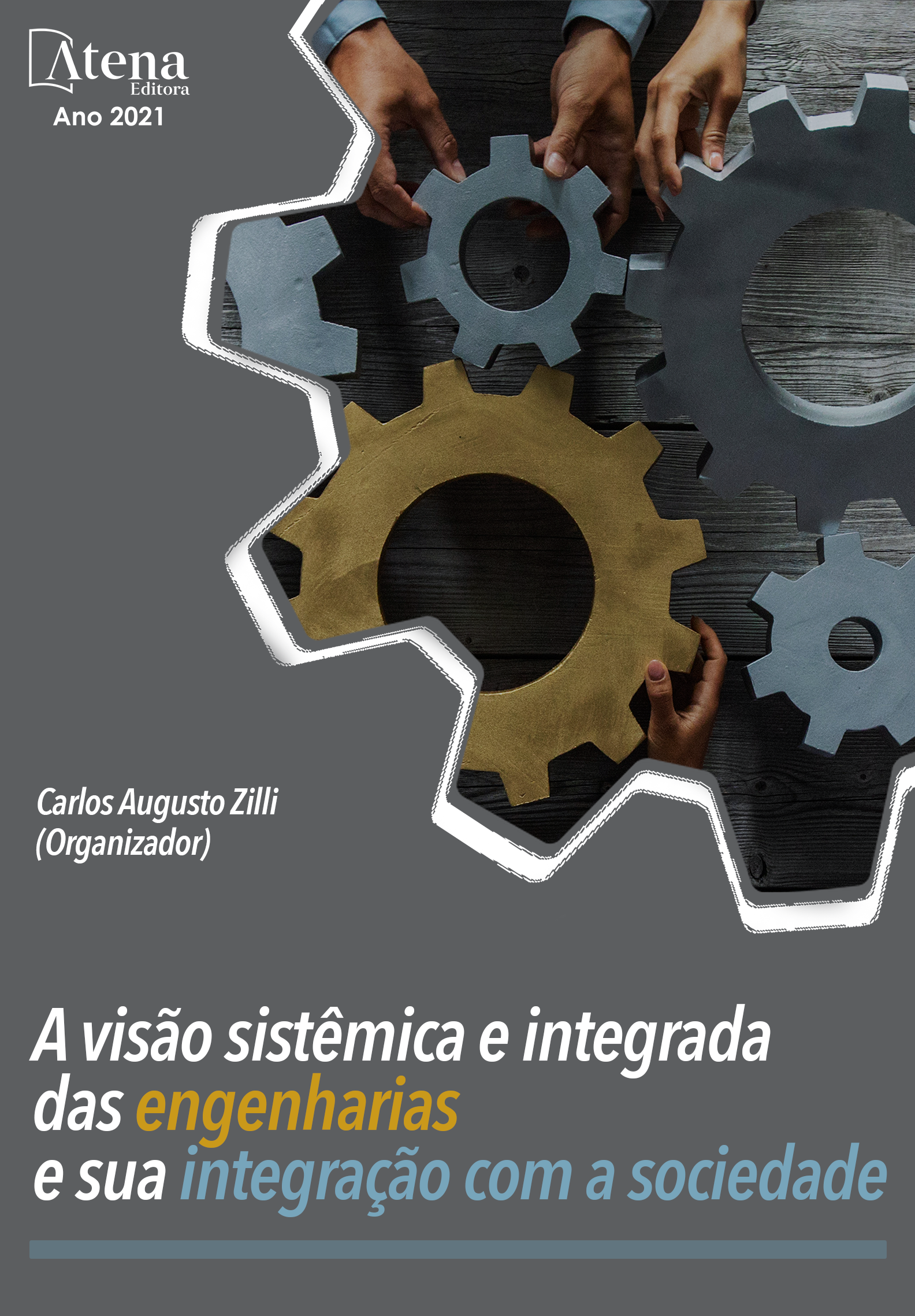
ANÁLISE DA ACELERAÇÃO LATERAL DE UM VEÍCULO EM UM SIMULADOR COM 9 GDL
O uso de simuladores dinâmicos veiculares está se tornando cada vez mais comum dentre as maiores montadoras de veículos do mundo. Esses simuladores podem ter diferentes tipos de aplicações e obterem resultados para vários tipos de atividades como, por exemplo, desenvolvimento de veículos e seus componentes, treinamento de pilotos, estudos voltados para a medicina, psicologia, entre outros. Existem diferentes configurações de simuladores sendo utilizados pelas montadoras, porém, o modelo utilizado para este trabalho possui um diferencial, que é possuir 9 graus de liberdade (9 GDL). Este artigo tem o objetivo de mostrar o comportamento dinâmico lateral de um veículo simulado no SIMCenter, o Centro de Excelência em dinâmica veicular, resultado de um projeto da parceria entre a FCA e PUC Minas. A análise do comportamento dinâmico de um veículo é realizada com o auxílio de manobras padronizadas, as quais exigem dados de entrada para se obter os dados de saída de acordo com cada necessidade. Com o intuito de analisar a dinâmica lateral, foi realizada a manobra padrão de degrau de esterçamento (step steering). Nela, o sinal de entrada dado pelo piloto é equivalente a um sinal do tipo degrau (step input). De acordo com a norma ISO 7401 (Road vehicles - Lateral transient response test methods - Open-loop test methods), para efetuar a manobra é preciso que o carro esteja a uma velocidade de 100 km/h, em quarta marcha e em linha reta, além disso não deve haver mudanças na posição do pedal do acelerador. Após 3 segundos, o piloto deve aplicar um ângulo de volante, predeterminado, de maneira rápida e manter o volante esterçado por 3 segundos aproximadamente. Passado esse tempo, deve-se soltar o volante e deixar que o veículo se realinhe livremente, sem intervenção do piloto. As amplitudes do ângulo de volante podem partir de 10 graus e serem incrementadas com um passo de 5 graus. No presente trabalho a amplitude do ângulo de volante escolhida para executar a manobra step steering foi de 20 graus. Essa manobra foi executada em um simulador de 9 GDL. Os resultados obtidos mostraram bastante fidedignos ao esperado, apontando que os softwares computacionais têm potencial para simular situações que demandariam um dispêndio adicional em aplicações físicas. Os resultados simulados em bancada – no próprio SIMCenter – mostram a diferença existente na magnitude da aceleração lateral da plataforma. Isso se dá devido à alteração nos ganhos e nos filtros de frequência utilizados para fazer com que os movimentos sentidos pelo usuário do simulador se aproximem de uma sensação em um veículo real, o que é chamado de motion cueing.
ANÁLISE DA ACELERAÇÃO LATERAL DE UM VEÍCULO EM UM SIMULADOR COM 9 GDL
-
DOI: 10.22533/at.ed.0442125087
-
Palavras-chave: Simulador; 9GDL; SIMCenter; Motion Cueing; Dinâmica
-
Keywords: Simulator; 9DOF; SIMCenter; Motion Cueing; Dynamics
-
Abstract:
Driving simulators are becoming common among the OEMs. These simulators have different types of applications and obtain results for various types of activities such as the development of vehicles and their components, training for drivers, studies focused on medicine, psychology, among others. There are different configurations of simulators being used by the automakers, however, the model used for this work has a differential, which is 9 degrees of freedom (9 DOF). This article aims to show the lateral dynamic behavior of a simulated vehicle in SIMCenter, the Center of Excellence in vehicle dynamics, the result of a partnership project between FCA and PUC Minas. The analysis of the dynamic behavior of a vehicle is performed with the aid of standardized maneuvers, which require input data to obtain the output data according to each need. In order to analyze the lateral dynamics, the standard step steering maneuver was performed, in which the input signal given by the pilot is equivalent to a step input signal. According to ISO 7401 (Road vehicles - Lateral transient response test methods), to perform the maneuver it is necessary that the car is at a speed of 100 km / h, in fourth gear and in a straight line, in addition there should not be any change on throttle pedal. After 3 seconds, the pilot must apply a predetermined steering wheel angle quickly and keep the steering wheel steady for approximately 3 seconds. After that time the steering wheel must be released and let the vehicle realign freely. The amplitudes of the steering angle can start from 10 degrees and be incremented by a step of 5. In the present work the amplitude of the steering wheel angle chosen to execute the step steering maneuver was 20 degrees. This maneuver was performed in an actual vehicle, in a virtual model and in the 9 DOF simulator. The results obtained between the real vehicle and the virtual model were very close, pointing out that the computer software has the potential to simulate situations that would demand an additional expenditure in physical applications. The simulated benchtop results - in SIMCenter itself - show the difference in the magnitude of the lateral acceleration of the platform. This is due to the change in gain and frequency filters used to make the user's movements of the simulator approach a sensation in an actual vehicle, which is called motion cueing.
-
Número de páginas: 11
- Jánes Landre
- José Tomich Bosco
- Elyton Naves


